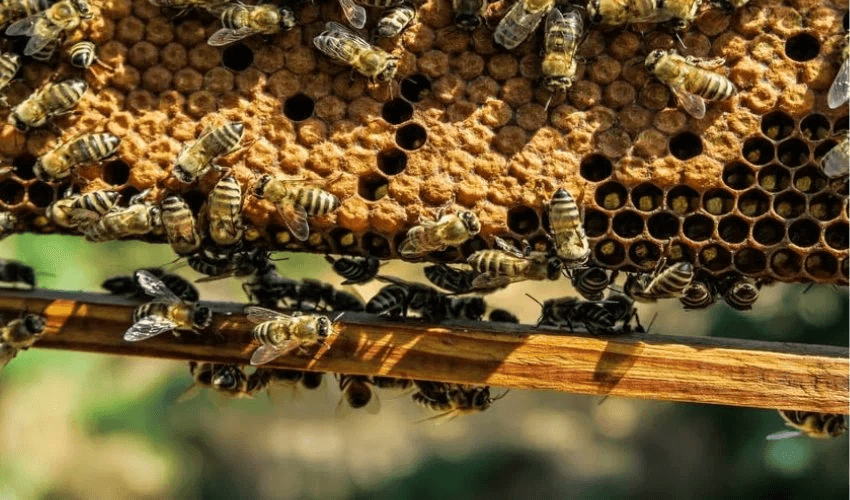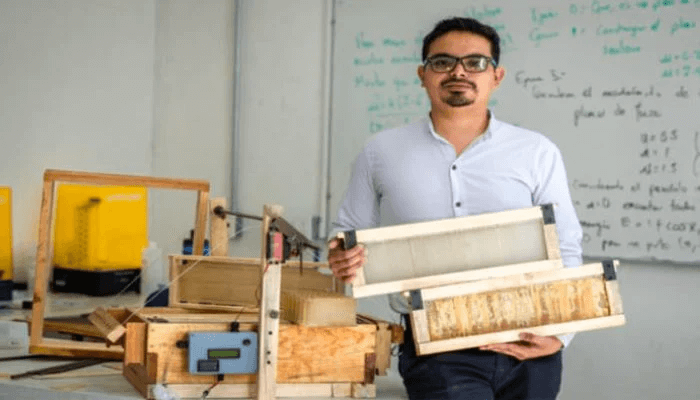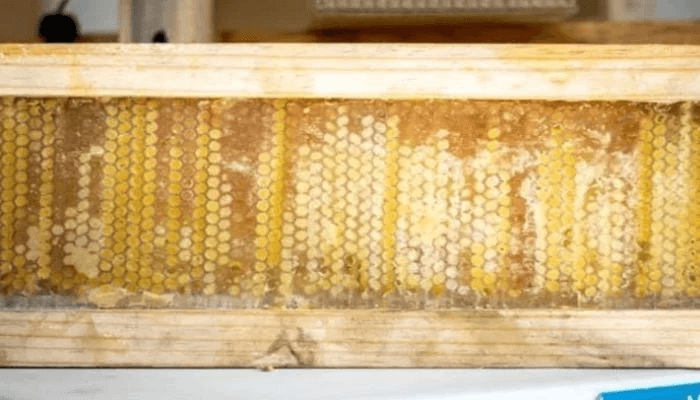
Changes that ecosystems undergo as a result of human actions or natural causes directly affect the species that live there. Bees in particular have felt the effects of human actions, facing challenges such as habitat loss and exposure to pesticides in agricultural areas. Recognizing the critical role of bees in global food security, concerted efforts are being made to address these issues. The adoption of innovative solutions such as 3D printing has become key in this endeavor. In addition to this progress, a student at the Autonomous University of Chapingo w Texcoco, Mexico has developed 3D printed hives aimed at improving bee habitats and improving their welfare.
The intricate construction of beehives involves the use of wax and other natural secretions to form their habitat, a process essential to their survival. In parallel, beekeepers are making hive boxes designed to attract bees and facilitate honey production. However, with the global decline of bee populations, there is an urgent need for innovative approaches to improve bee habitats. In this pursuit, 3D printing has emerged as a promising avenue as the technology introduces a new solution: 3D printed hives. But what sets them apart from traditional beehives and how can 3D printing revolutionize beehive production?

The resin 3D printer used is from the Anycubic brand.
Systematic 3D printed hives
Designed by José Francisco Arteaga Alarcón, a master's student at the University of Chapingo in Mexico, the 3D hive aims to revolutionize honey production. Using 3D resin printing technology, Arteaga Alarcón precisely replicates the hexagonal structures of hives, relieving bees of the labor-intensive task of building their habitat. With this innovative approach, bees can focus solely on honey production, potentially reducing stress, enhancing proliferation and promoting reproduction of vital plant species.
While it is true that this hive changes the bees' natural process of honey production, it also means better conditions for the species as it reduces their working hours. In addition, factors such as temperature, noise, and lack of space or ventilation that cause stress in bees can be resolved. This is increasingly common in traditional beehives. With this model, bee stress levels are expected to decrease significantly. Similar to their adaptation to honey production in hives made by beekeepers, it is predicted that they will easily adapt to this new technological advance.

3D printed beehive (Photos: Voragine)
Given that the university in question falls under the purview of the Ministry of Agriculture and Rural Development of the country, it is poised to receive ample support for future research endeavours. According to the secretariat “ Mexico is one of the countries with the greatest diversity of bees, with more than two thousand species and genera.” Furthermore "beekeeping activity accounts for an average annual production that exceeds 60 thousand tons of honey from two million hives and benefits more than 43 thousand beekeepers and their families."
0 Comments